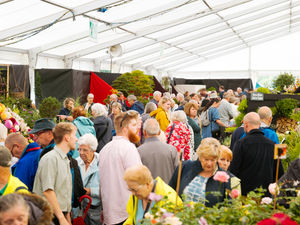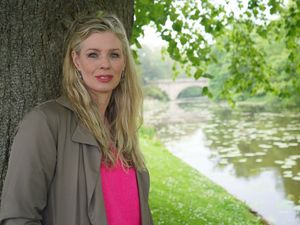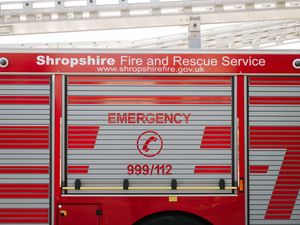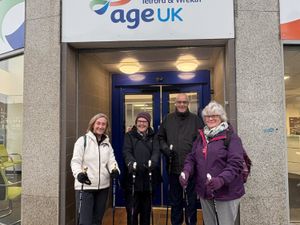Lane could be closed outside Shrewsbury train station in bid to cut pollution
A trial lane closure could be brought in on a busy road into Shrewsbury town centre next month in a bid to improve air quality.
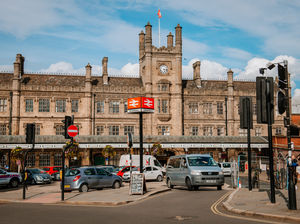
Shropshire Council is proposing new road restrictions on Castle Gates outside the town's railway station in order to reduce the amount of traffic pollution reaching residential properties.
It is expected to be the first in a series of measures to be brought in as the authority looks to cut levels of nitrogen dioxide within the Shrewsbury air quality management area (AQMA) to below legal levels.
The AQMA, which has been in place since 2003, encompasses Frankwell, Welsh Bridge, Smithfield Road, Castle Gates, Castle Street, St Mary’s Street, High Street, Wyle Cop, English Bridge and Coleham Head gyratory.
A report to the council’s health and wellbeing board says the current concentration of nitrogen dioxide in the air within the specified area is 30.5 per cent above government targets of 40 microgrammes per cubic metre (µg/m3).
Meanwhile the council’s second AQMA in Bridgnorth, which has been in place since 2005, has recorded a nitrogen dioxide concentration of 17.5 per cent above acceptable levels. The area covers Pound Street and the junction of Whitburn Street and Salop Street.
The report, by public protection officer Matthew Clark, reveals that during 2020 – when roads were markedly less busy during periods of lockdown – nitrogen dioxide levels in the AQMAs only just dropped below the target level, averaging 39.7µg/m3 in Shrewsbury 39.4µg/m3 in Bridgnorth.
Mr Clark says this “indicates the scale of the challenge”.
His report says action plans for the two areas were prepared in 2008 by Shrewsbury and Atcham Borough Council and Bridgnorth District Council. The Department for Environment, Food and Rural Affairs (Defra) has said these now need to be updated.
The new action plans will assess the potential impact of the North West Relief Road (NWRR) and Big Town Plan, and will include a number of suggested interventions put forward by a steering group.
One measure already being planned is to restrict traffic at the junction outside Shrewsbury Railway Station, which Mr Clark describes as “a hot spot for air pollution in the town”.
The report says: “A potential intervention is to close the right-hand lane to increase distance between the source of pollution – road traffic – and residential receptors.”
Modelling has predicted this would “create significant air quality gains”, reducing nitrogen dioxide concentration by 16 per cent. The report says the NWRR “has modelled a similar impact on pollution in this area”.
The report adds: “By trialling an intervention which may have such significant impact on air quality this may limit the number of interventions which may be required to achieve legal standards, which can reduce costs associated with managing the air quality agenda in terms of staff time and monitoring equipment.”
The report will be discussed by the health and wellbeing board at a meeting at Shirehall on Thursday, starting at 9.30am.
Members will be asked to support the council in commissioning reviews of the action plans and carrying out trial interventions.

